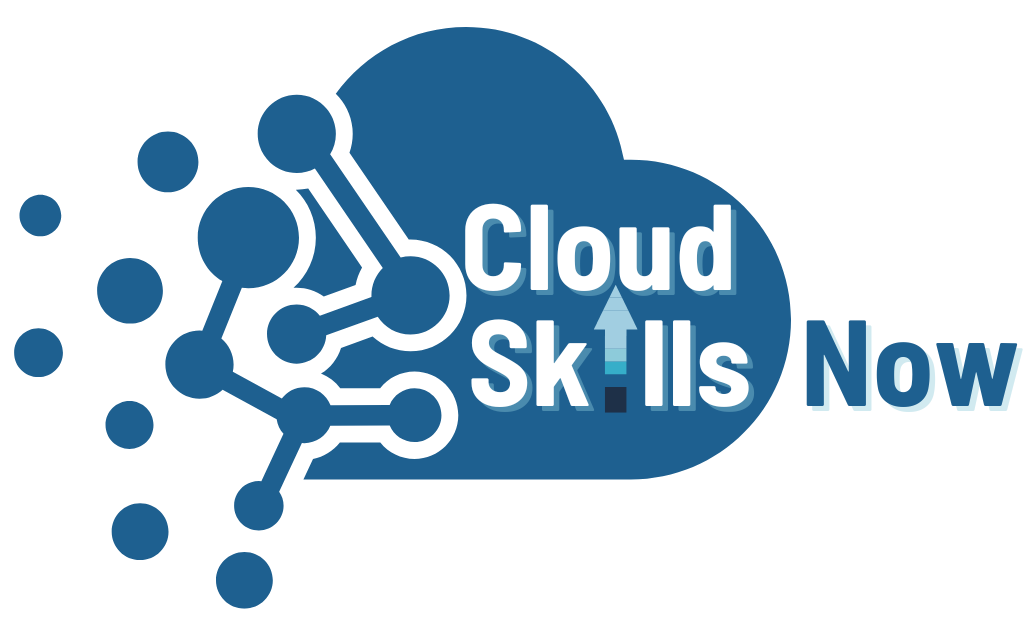DP-300T00 Implement scalable database solutions using Azure SQL
- 4 Days Course
- Language: English
Introduction:
Did you know that over 95% of Fortune 500 companies use Microsoft Azure to manage their cloud infrastructure? Are you equipped to administer critical SQL workloads in the cloud?
In this course, you’ll learn to administer SQL Server databases across IaaS, Azure SQL Database in PaaS, and hybrid environments. You’ll configure high availability, secure sensitive data, migrate workloads, and fine-tune performance, skills that directly support>real-world database administration success.
This course also gets you ready for the DP-300 exam, a key step toward earning your Microsoft Certified Azure Database Administrator Associate credential, which proves you have the skills to manage modern database solutions on the Microsoft data platform.
Objectives:
This course provides practical training for database administrators and data professionals responsible for administering Microsoft Azure SQL Solutions across on-premises and cloud environments. It supports preparation for exam DP-300 and helps build real-world skills in managing SQL Server database infrastructure and Microsoft PaaS relational database offerings.
Administer SQL Server and Azure SQL Database
Deploy and manage Azure SQL Managed Instance and SQL Managed solutions
Secure and monitor database solutions across hybrid environments
Automate routine database administration tasks
Support high availability and recovery for server database infrastructure for cloud
Course Outline:
Module 1: The Role of the Azure Database Administrator
- Azure data platform roles and responsibilities
- Overview of Azure database options (SQL Server VM, Managed Instance, Azure SQL Database)
- Understanding SQL Server compatibility levels
- Azure preview features and additional platforms (PostgreSQL, MySQL)
- Lab: Provision a SQL Server VM and restore a backup using Azure Portal and SSMS
Module 2: Plan and Implement Data Platform Resources
- Deploying SQL Server using IaaS and PaaS
- Hosting PostgreSQL and MySQL on Azure
- High availability and disaster recovery (HADR) considerations
- Lab: Deploy Azure SQL Database, PostgreSQL, or MySQL; validate connectivity
Module 3: Implement a Secure Environment
- Configure authentication and authorization
- Implement data protection (at rest and in transit)
- Enforce compliance controls
- Lab: Set firewall rules, integrate with Azure AD, enable classification and manage object access
Module 4: Monitor and Optimize Operational Resources
- Performance monitoring tools and baselining
- Diagnosing performance issues
- Configuring resources for peak efficiency
- Performing performance-related maintenance
- Lab: Detect CPU bottlenecks, identify blocking, and fix fragmentation
Module 5: Optimize Query Performance
- Analyze and interpret SQL Server query execution plans
- Implement performance-driven database design
- Evaluate and tune performance improvements
- Lab: Use Query Store, isolate slow queries, apply query hints, and redesign schema issues
Module 6: Automation of Tasks
- Automate database tasks and scheduled operations
- Use Azure automation tools, extended events, and elastic jobs
- Lab: Use GitHub ARM templates, set up metric-based alerts, deploy Runbooks
Module 7: Plan and Implement a High Availability and Disaster Recovery Environment
- Design HADR for IaaS and PaaS solutions
- Understand RTO/RPO requirements
- Configure and test failover and disaster recovery plans
- Lab: Set up and validate HADR strategies in Azure environments
Enroll in this course
$2,500.00
